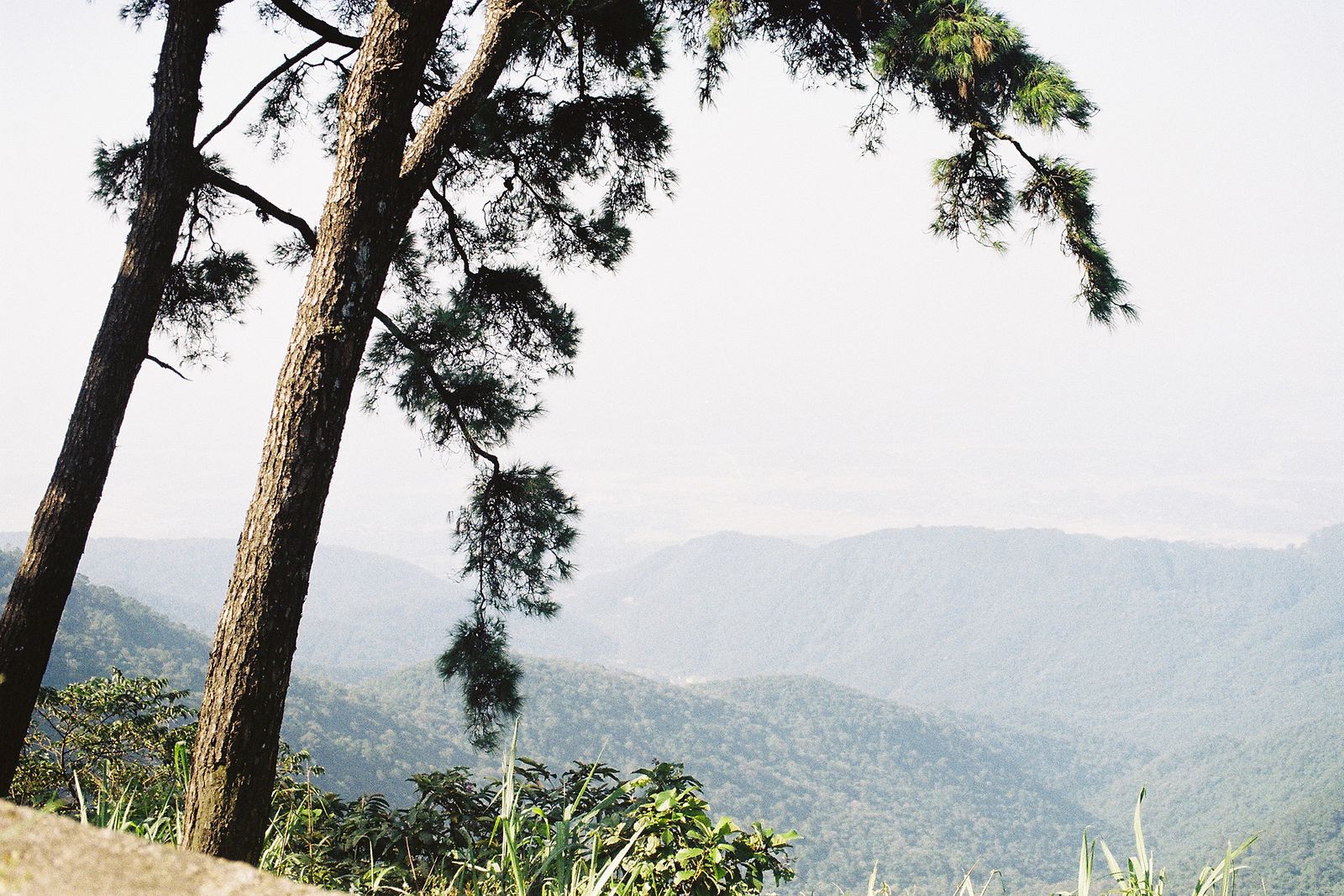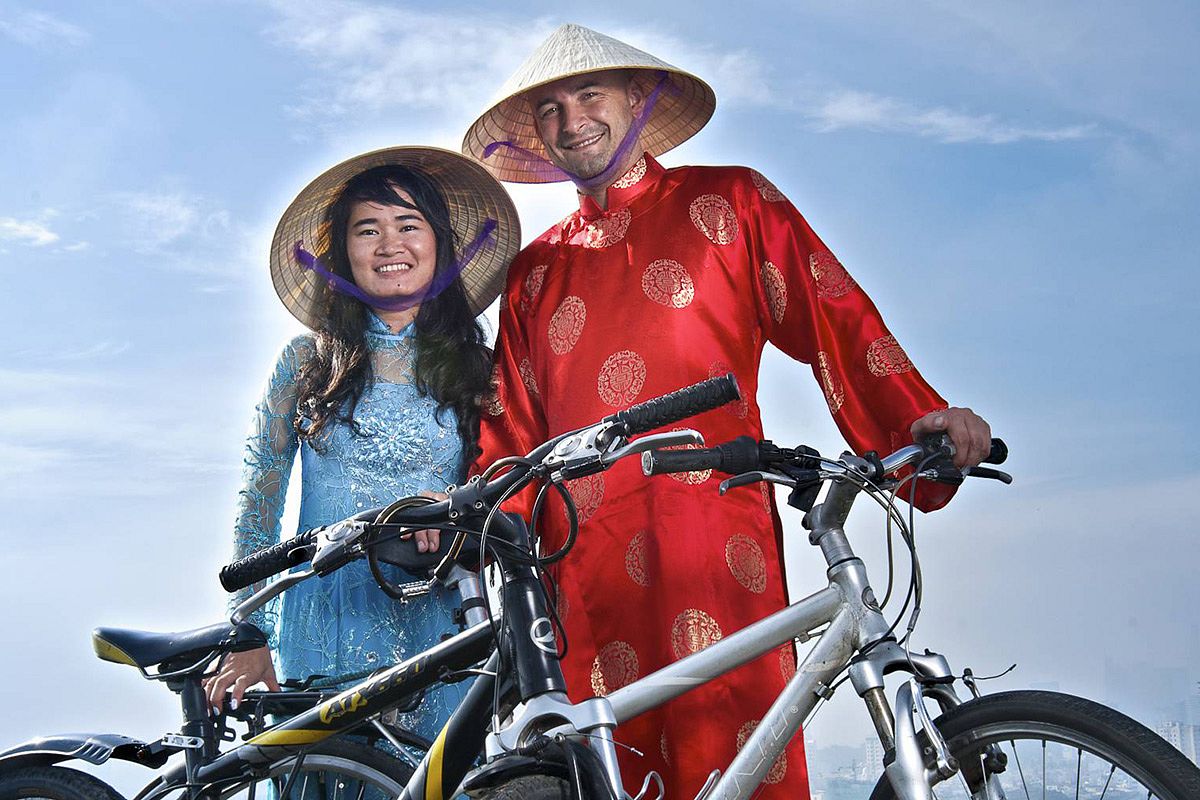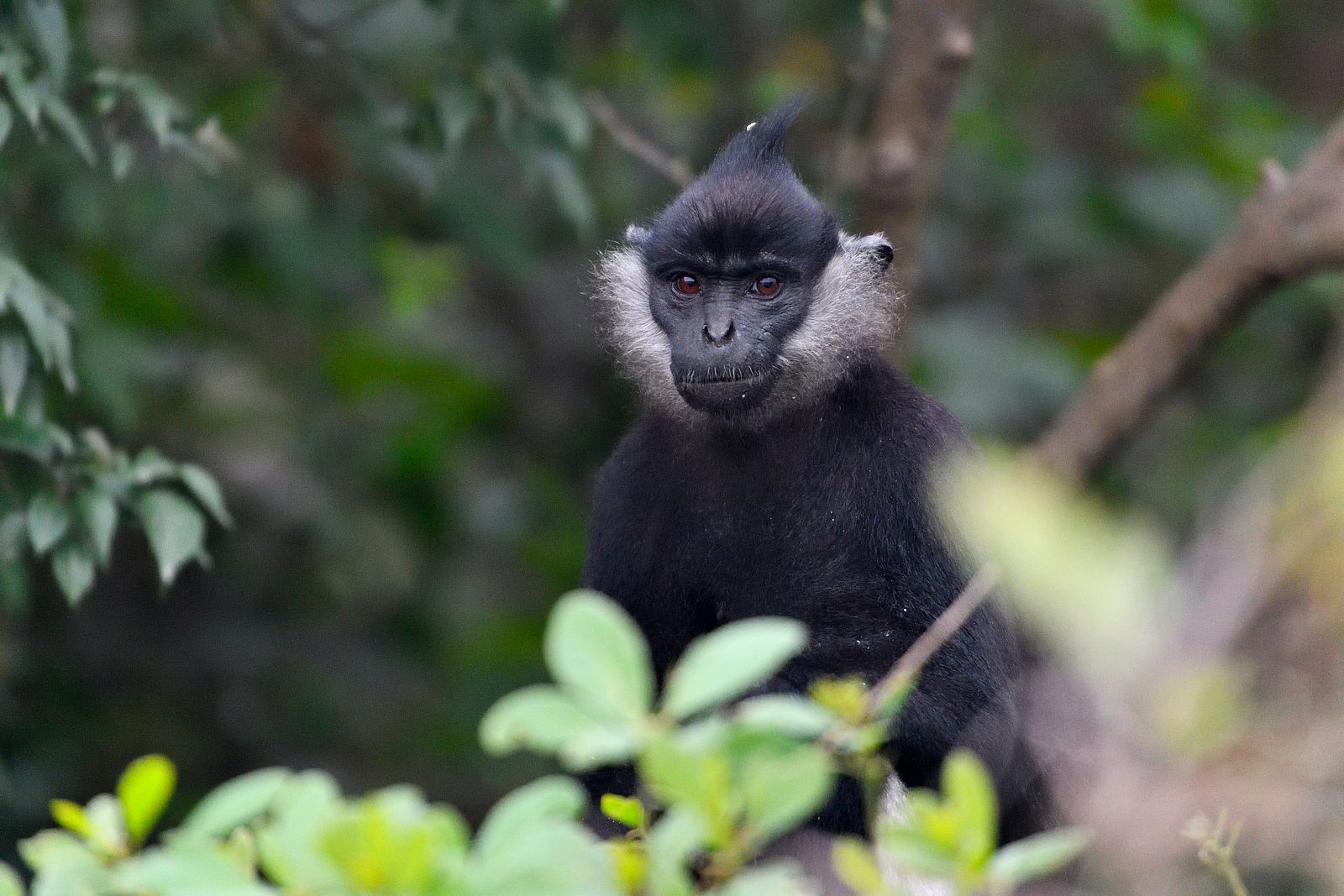As Southeast Asian countries struggle to adapt to the mounting challenges brought about by climate change, a potential solution has "floated" to the surface.
That solution is “floating rice,” a traditional strain of grain developed in low-lying regions of Southeast Asia that routinely face heavy flooding. The rice, recently featured in a segment by Channel News Asia, was once a staple in the diet of farmers in regions like the Mekong Delta.
Its advantages? Unlike other strains, “floating rice” can grow in deep-water thanks to a stem that lengthens to follow rising water upwards. While submerged, it's protected from pests, eliminating the need for pesticides. The result is a sustainably grown, organic product with promising market potential.
“Floating rice grows with floods,” Than Bunthorn, a traditional farmer of the deepwater rice, told Channel News Asia.
“It grows well when water rises,” he said, adding that it requires less attention than dry-season varieties.
While it seems to be a perfect answer to the region's agricultural challenges like flooding and an overzealous dependence on pesticides, the future of floating rice is unclear. In Southeast Asia, one of the world’s major rice producing regions, it’s hard to imagine a day when those traits alone will triumph over high-yield dry-season varieties.
At three times the price of its competitors, the only niche for floating rice could very well be in eco-tourism—or in storm-battered regions where the cash-crop varieties have become nonviable.
[Photo via Mekong Eye]














